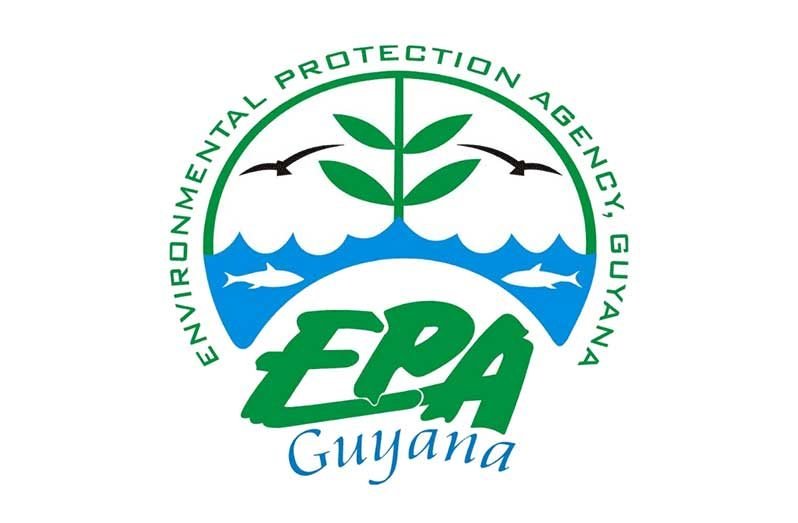A recent decision by the Environmental Protection Agency (EPA) to waive a full Environmental Impact Assessment (EIA) for a proposed Hilton-branded dual-tower complex at Thomas Lands has sparked renewed conversation about how Georgetown grows—and at what cost.
The project, led by Camex Hotels Inc., is ambitious: two 12-storey buildings, 246 rooms, retail and commercial spaces, a rooftop restaurant, and associated infrastructure. It is expected to generate over 300 construction jobs and create 200 permanent roles once operational. Strategically located near the Seawall and Queen’s Park, the site already hosts several mixed-use facilities, making it a natural choice for upscale development.
Yet, the EPA’s decision to forego a full EIA has prompted divergent responses—some praising it as a signal of efficient governance, others warning of environmental shortcuts.
What the EPA Decided—and Why
In its official notice, the EPA stated that the potential impacts from the Hilton project are “minor or readily mitigable”—including effects on traffic flow, drainage systems, and coastal vegetation.
Instead of a full EIA, the agency has mandated:
-
A project-specific Environmental Management Plan (EMP),
-
Quarterly environmental monitoring, and
-
Stakeholder engagement throughout the project lifecycle.
The EPA cited powers granted under its 2024 updated Act, which allows for EIA waivers if environmental risks are considered manageable and mitigation systems are in place.
The Case for Acceleration: Why the Government Supports It
From the government’s standpoint, the waiver aligns with a broader pro-investment framework.
Tourism Minister Oneidge Walrond said that high-end hospitality infrastructure is essential given Guyana’s upcoming commitments—particularly the 2026 ICC Men’s T20 World Cup, which will bring in thousands of international visitors, as well as rising business travel linked to the oil and gas sector.
She also emphasized that the EPA’s ruling doesn’t equate to a free pass. “There are conditions and compliance mechanisms. The developer must still demonstrate environmental responsibility throughout,” Walrond noted.
Importantly, the government has made major public investments to reduce risk: over G$80 billion allocated to drainage pumps, canal upgrades, and sea-defence infrastructure since 2021. These efforts, officials argue, are critical buffers for urban growth, and reduce the burden on private developments like Hilton’s.
Voices of Caution: Concerns About Precedent and Process
Still, urban planning advocates and environmental NGOs worry that the waiver sets a concerning precedent.
Their argument isn’t necessarily anti-development—but they want more holistic, cumulative assessments, especially as multiple large-scale hotels are being approved across Georgetown. Critics note:
-
Drainage systems are already strained during high tides and rainstorms,
-
The area is ecologically sensitive, near mangrove restoration zones and sea walls,
-
And heritage concerns exist with views and access around Queen’s Park and the National Park corridor.
There’s also a philosophical debate brewing: should rapid development trump comprehensive environmental vetting, even if technical mitigation is possible?
“We’re not saying stop the Hilton,” said one planner from a Georgetown-based think tank. “But growth must be sustainable. If we skip assessments today, we may pay for the damages tomorrow.”
Transparency as a Balancing Act
The Hilton decision reflects a delicate balancing act that will define Georgetown’s urban future.
On one hand, Guyana is attracting global brands and investments at a rate never seen before. On the other, its capital city sits below sea level, with known flood vulnerability and fragile infrastructure. The PPP/C government has walked a line between facilitating investment and building long-term resilience—but public trust depends on clarity.
Environmental experts say the solution lies in transparent safeguards: publicly shared EMPs, clear updates on drainage upgrades near major sites, and visible community consultation.
If these are followed rigorously, waivers may not mean weaker oversight—but smarter governance.
Bottom Line
The EPA’s EIA waiver for the Hilton Thomas Lands project represents a clear marker of the PPP/C’s pro-growth stance—prioritizing tourism, job creation, and global brand presence in the capital.
But it also raises important questions about the pace of urban development and how environmental safeguards are interpreted and enforced. For Georgetown to thrive, development must move in lockstep with resilience planning.
As Guyana’s skyline rises, so too must its standards for accountability, transparency, and long-term sustainability.
Sources: Stabroek News, EPA public disclosure notice, Ministry of Tourism, interviews with urban planners and environmental groups
- CARICOM Eyes Guyana’s Tough Stance on Riots – Region Considers Classifying Violent Unrest as “Terrorism”
- GOAL Scholarship Programme Surpasses Target as Thousands Graduate
- Labour Day 2025: Jagdeo Highlights 60,000 Jobs Added Under PPP/C, Reversing Previous Losses
- Linden–Mabura Highway Paves Way for Trade and Integration




